Grow Chayote Plants: Your Guide to a Bountiful Harvest
Grow Chayote plants! Have you ever dreamt of having a constant supply of fresh, delicious chayote squash right in your backyard? It’s easier than you think! This article is your complete guide to successfully growing chayote, a fascinating and rewarding experience that combines the joy of home gardening with the deliciousness of a unique vegetable. I’ll share my personal tips and tricks, gleaned from years of experience, to help you achieve a bountiful harvest.
Chayote, also known as mirliton squash, holds a rich history, deeply rooted in Mesoamerican cultures. For centuries, it’s been a staple food, prized for its versatility and nutritional value. From its humble beginnings in the tropical regions of Central America, it has spread across the globe, becoming a beloved ingredient in countless dishes. But you don’t need to be a seasoned gardener to enjoy the fruits (or rather, the vegetables!) of your labor. This guide is designed for everyone, from beginners to experienced home gardeners.
Why Grow Your Own Chayote?
Growing your own chayote offers numerous benefits. First, you’ll have access to incredibly fresh, flavorful chayote, free from pesticides and chemicals. Second, it’s a surprisingly easy plant to grow, even in relatively small spaces. And third, the satisfaction of nurturing a plant from seed to harvest is incredibly rewarding. Learning how to grow chayote plants effectively will not only provide you with delicious food but also a deeper connection to nature and the food you consume.
So, let’s dive in and discover the secrets to successfully growing chayote plants. I’ll cover everything from selecting the right seeds and preparing the soil to harvesting and storing your delicious bounty. Get ready to embark on this exciting gardening adventure!
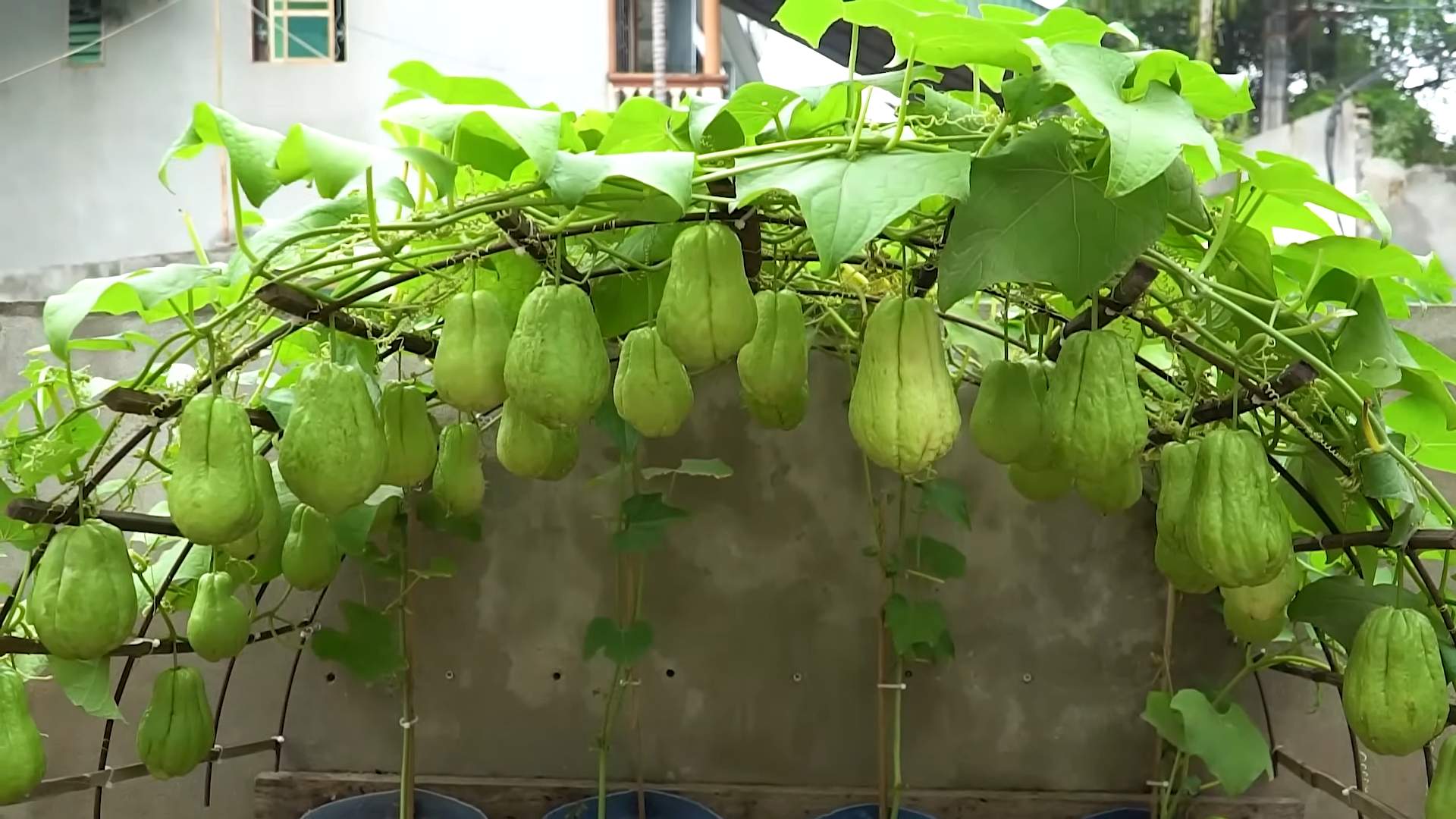
Growing Chayote Plants: A Complete DIY Guide
Chayote, also known as mirliton squash, is a fascinating and rewarding plant to grow, even for beginner gardeners. This guide will walk you through the entire process, from seed to harvest. Get ready to enjoy the fruits (or should I say, vegetables!) of your labor!
Phase 1: Preparing for Planting
- Choose your chayote variety: Research different chayote varieties to find one that suits your climate and preferences. Some varieties are better suited to warmer climates, while others tolerate cooler temperatures.
- Select a suitable location: Chayote plants need plenty of sunlight – at least six to eight hours a day. Choose a spot in your garden that receives ample sun. Also, ensure the area has well-drained soil. Poor drainage can lead to root rot.
- Prepare the soil: Chayote thrives in rich, well-drained soil. Amend your soil with compost or other organic matter to improve its fertility and drainage. A soil test can help determine if you need to adjust the pH. Chayote prefers slightly acidic to neutral soil (pH 6.0-7.0).
- Gather your supplies: You’ll need chayote seeds (or a mature chayote fruit with seeds), gardening gloves, a trowel or shovel, a watering can, and potentially some stakes or trellises for support (more on this later).
Phase 2: Planting the Chayote
- Starting from seed (if using seeds): Soak the chayote seeds in warm water for 24 hours before planting. This helps soften the hard outer shell and improves germination rates. Plant the seeds about 1 inch deep and 2-3 feet apart in well-prepared soil. Keep the soil consistently moist but not waterlogged.
- Starting from a mature fruit: This is the most common method. Select a mature, healthy chayote fruit. Carefully remove the seeds. You can plant the entire fruit, burying it about half its depth in the soil, or you can plant the seeds individually as described above. Planting the whole fruit often results in faster growth.
- Watering: After planting, water thoroughly. Maintain consistent moisture throughout the growing season, especially during dry periods. Avoid overwatering, which can lead to root rot.
- Providing support: Chayote plants are vigorous growers and can become quite large. Provide support early on by installing stakes or a trellis. This will help the vines climb and prevent them from sprawling on the ground, which can lead to fruit rot and pest problems. You can use strong stakes driven into the ground or build a simple trellis using sturdy materials.
Phase 3: Ongoing Care and Maintenance
- Watering: Continue to water regularly, aiming for consistent moisture but avoiding waterlogged soil. The frequency of watering will depend on your climate and soil conditions. During hot, dry periods, you may need to water more frequently.
- Fertilizing: Chayote plants are heavy feeders. Apply a balanced fertilizer every few weeks during the growing season. Follow the instructions on the fertilizer package for the correct application rate. Organic fertilizers are a good choice, as they improve soil health.
- Weed control: Regularly remove weeds around the chayote plants. Weeds compete with the chayote for water and nutrients, reducing the yield. Mulching around the plants can help suppress weed growth.
- Pest and disease control: Monitor your chayote plants for pests and diseases. Common pests include aphids, spider mites, and squash bugs. Common diseases include powdery mildew and downy mildew. Use appropriate pest and disease control methods, such as insecticidal soap or neem oil for pests, and fungicides for diseases. Always follow the instructions on the product label.
- Pruning: Pruning isn’t strictly necessary, but it can help manage the size of the plant and improve air circulation, reducing the risk of diseases. Remove any dead or damaged vines. You can also prune back overly vigorous growth to keep the plant within manageable bounds.
Phase 4: Harvesting Your Chayote
- Harvesting time: Chayote fruits are typically ready for harvest 4-6 months after planting, depending on the variety and growing conditions. The fruits will be firm and smooth-skinned.
- Harvesting method: Carefully cut the chayote fruits from the vine using a sharp knife. Leave a short stem attached to the fruit. Avoid damaging the vine, as this can reduce the yield.
- Storage: Chayote fruits can be stored in a cool, dry place for several weeks. They can also be refrigerated for longer storage.
Phase 5: Troubleshooting Common Problems
Problem: Yellowing Leaves
Yellowing leaves can indicate several issues, including nutrient deficiencies, overwatering, or pest infestations. Check your soil for nutrient levels and adjust your fertilization accordingly. If overwatering is suspected, reduce the frequency of watering. Inspect the plant for pests and treat them appropriately.
Problem: Fruit Rot
Fruit rot is often caused by poor drainage, overwatering, or fungal diseases. Ensure your soil drains well and avoid overwatering. Treat any fungal diseases with an appropriate fungicide.
Problem: Poor Growth
Poor growth can be due to insufficient sunlight, nutrient deficiencies, or pest problems. Ensure the plant receives adequate sunlight and amend the soil with compost or fertilizer if needed. Address any pest infestations promptly.
Problem: No Fruit Production
Lack of fruit production can be due to several factors, including insufficient pollination, poor growing conditions, or a lack of nutrients. Ensure the plant is receiving adequate sunlight and nutrients. Consider hand-pollination if necessary.
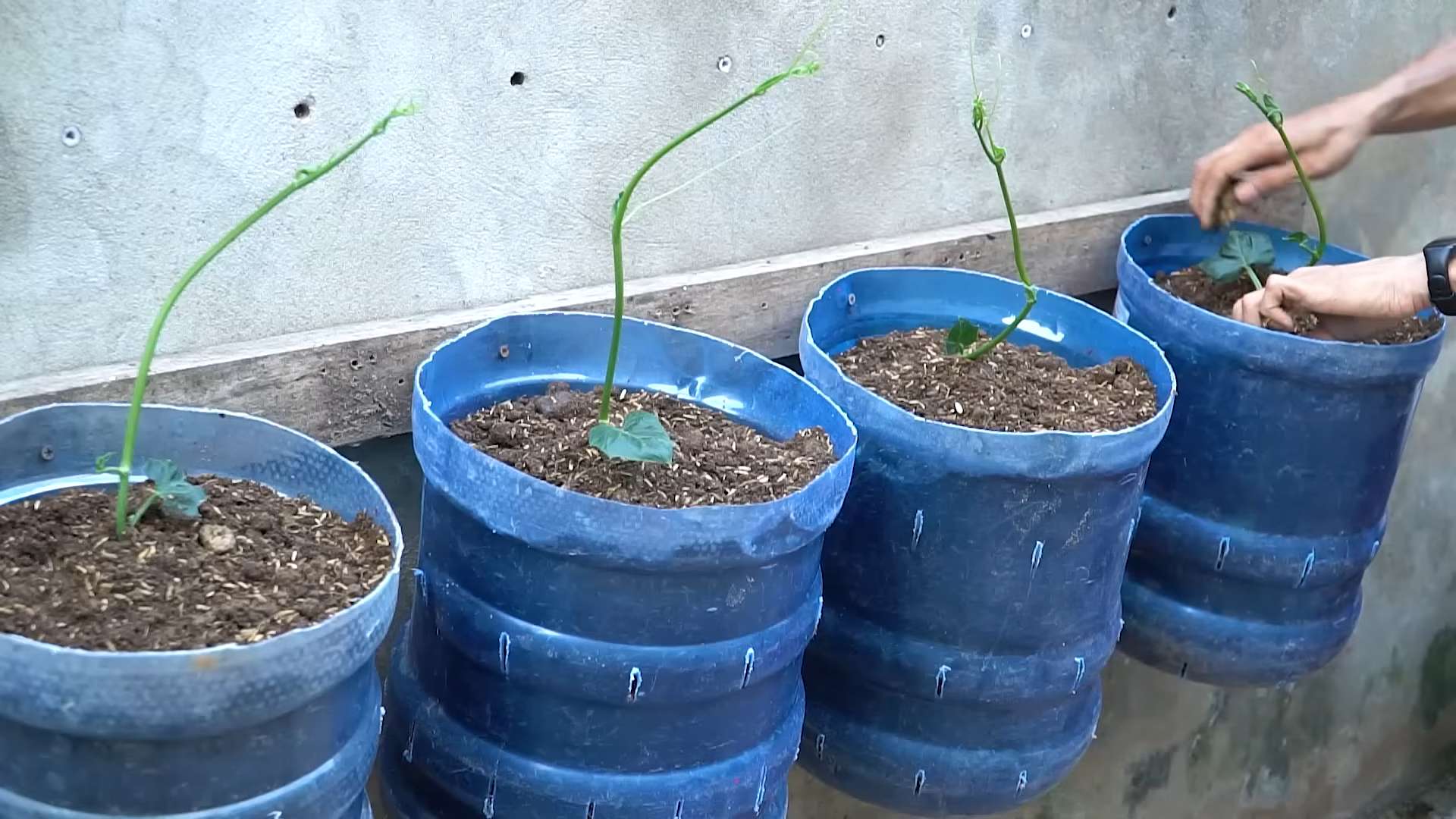
Conclusion
So there you have it – a comprehensive guide to successfully growing your own chayote plants! This DIY approach to cultivating this versatile vegetable offers numerous advantages, from the sheer satisfaction of nurturing a plant from seed to the incredible taste of homegrown chayote. The ability to control the growing conditions, select the varieties you prefer, and avoid potentially harmful pesticides makes this a truly rewarding endeavor. Growing your own chayote is not just about saving money; it’s about connecting with nature, understanding the life cycle of a plant, and enjoying the freshest, most flavorful chayote you’ll ever taste. This method is surprisingly simple, even for beginner gardeners, and the rewards far outweigh the minimal effort required. Don’t be intimidated by the prospect of growing your own food; embrace the challenge and experience the joy of harvesting your own chayote.
Beyond the basic method outlined, there are several exciting variations you can explore. Experiment with different soil compositions to find what works best in your climate. Consider using trellises of varying heights and designs to optimize space and support the vigorous growth of your chayote vines. You can also explore companion planting, incorporating other plants that benefit from growing alongside chayote. Research different chayote varieties to discover unique flavors and textures. Some varieties are known for their larger fruits, while others boast a sweeter taste. The possibilities are endless!
We strongly encourage you to try this DIY method of growing chayote plants. It’s a fantastic way to add a unique and delicious element to your home garden and your culinary repertoire. Share your experiences with us! We’d love to hear about your successes, challenges, and any innovative techniques you develop. Post pictures of your thriving chayote plants and your delicious chayote recipes on social media using the hashtag #GrowChayote. Let’s build a community of chayote enthusiasts and share our collective knowledge to help others embark on this rewarding journey. Remember, the journey of growing your own food is as fulfilling as the harvest itself. So, grab some seeds, get your hands dirty, and start growing!
Frequently Asked Questions
What type of soil is best for growing chayote?
Chayote thrives in well-drained, fertile soil with a slightly acidic to neutral pH (6.0-7.0). Amend heavy clay soils with organic matter like compost to improve drainage and aeration. Sandy soils may benefit from the addition of organic matter to retain moisture.
How much sunlight do chayote plants need?
Chayote plants require at least six hours of direct sunlight per day for optimal growth. Choose a location in your garden that receives ample sunlight, especially during the warmest part of the day.
When is the best time to plant chayote seeds?
The best time to plant chayote seeds is after the last frost in spring, when the soil has warmed up and the risk of frost has passed. This typically falls between late spring and early summer, depending on your geographical location.
How often should I water my chayote plants?
Water your chayote plants regularly, especially during dry periods. Aim for consistent moisture, but avoid overwatering, which can lead to root rot. Check the soil moisture before watering; water deeply when the top inch of soil feels dry.
How long does it take for chayote plants to produce fruit?
Chayote plants typically begin producing fruit within 6-8 months of planting, although this can vary depending on the variety, growing conditions, and climate. Be patient, and your efforts will be rewarded with a bountiful harvest.
What are some common pests and diseases that affect chayote plants?
Chayote plants are relatively pest-resistant, but they can be susceptible to certain pests and diseases. Common issues include aphids, spider mites, and fungal diseases like powdery mildew. Regularly inspect your plants for signs of infestation or disease and take appropriate measures to control them. Organic pest control methods are often effective.
Can I grow chayote in containers?
Yes, you can grow chayote in large containers, provided they are at least 15-20 gallons in capacity to accommodate the plant’s extensive root system. Choose a container with drainage holes to prevent waterlogging.
What can I do with the harvested chayote?
Chayote is a versatile vegetable that can be used in a variety of dishes. It can be boiled, steamed, roasted, sautéed, or added to soups and stews. You can also pickle chayote or use it in salads. Its mild flavor pairs well with many other ingredients.
How do I store harvested chayote?
Store harvested chayote in a cool, dry place, away from direct sunlight. Unwashed chayote can be stored for several weeks at room temperature. Refrigerated chayote will last even longer.
My chayote plant isn’t producing fruit. What could be wrong?
Several factors can affect chayote fruit production. Insufficient sunlight, poor soil quality, inadequate watering, or pest infestations can all hinder fruit development. Review the growing conditions and address any potential issues to encourage fruit production. Ensure your plant is receiving adequate nutrients through fertilization.

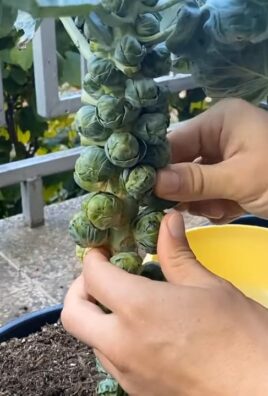
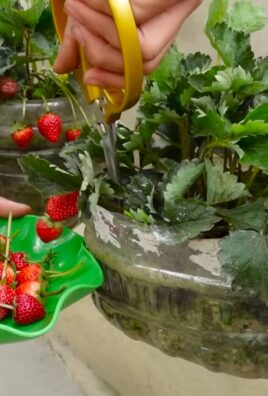
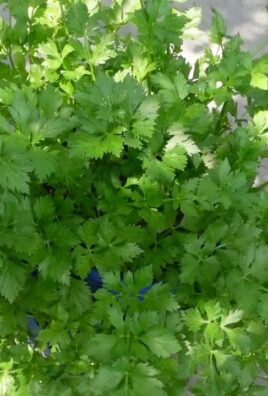
Leave a Comment